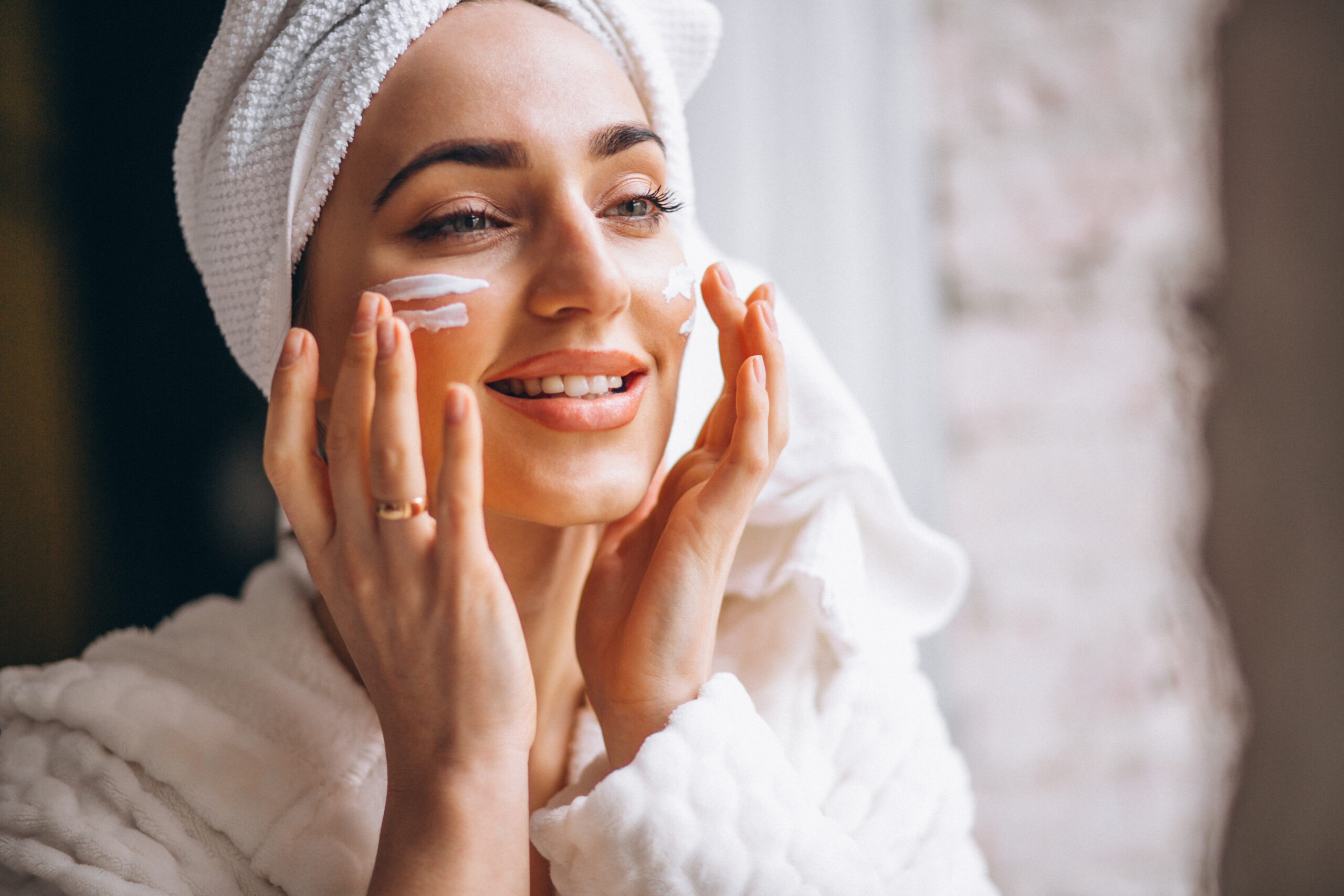Your basket is currently empty!
The Science of Skin Care: How Dermatology Meets Beauty Therapy

Dermatology vs. Beauty Therapy: Understanding the Difference
When it comes to healthy, glowing skin, we often hear about both beauty treatments and dermatology. But what is the difference? And how do they work together? Many people think of them as separate—one medical, the other cosmetic. In reality, they are connected. Knowing how they complement each other helps you make better skincare choices.
What Is Dermatology?
Dermatology is the medical field that diagnoses and treats skin problems. Dermatologists handle acne, eczema, rosacea, and even skin cancer. Their main goal is to restore skin health and prevent disease. Treatments may include creams, oral medication, or advanced procedures like lasers.
What Is Beauty Therapy?
Beauty therapy focuses on cosmetic care. It includes facials, massages, exfoliation, waxing, and body treatments. The aim is to improve skin’s look, texture, and radiance. Beauty therapists don’t treat medical issues, but they enhance appearance and boost confidence.
Where They Overlap
The two fields often meet. Many beauty treatments are now based on dermatological research. Likewise, dermatologists recommend aesthetic procedures to support skin health. Together, they create more effective results.
1. Skin Conditions and Aesthetic Care
Dermatologists treat conditions like acne, pigmentation, and psoriasis. They may use medications, chemical peels, or laser resurfacing to heal the skin. Beauty therapists provide non-medical care, such as facials or hydrating treatments. These improve texture and glow, complementing medical care.
Example: A dermatologist may prescribe acne treatment. A beauty therapist can then offer a soothing hydrating facial to calm the skin.
2. Anti-Aging Solutions
Aging is natural, but treatments can slow it down. Dermatologists use Botox, fillers, and lasers to smooth wrinkles and tighten skin. Beauty therapists use collagen-boosting facials, masks, and serums to maintain radiance.
The best results come from combining both approaches: medical anti-aging procedures with regular beauty facials.
3. Key Skincare Ingredients
Both fields use science-backed ingredients:
Retinoids: Boost collagen and cell renewal.
Vitamin C: Brightens and protects skin.
Hyaluronic Acid: Hydrates and plumps.
AHAs: Exfoliate and improve texture.
Dermatologists use stronger formulas, while beauty therapists apply gentler versions in treatments.
4. Prevention and Skin Protection
Dermatologists help prevent serious issues like skin cancer and sun damage. They stress the importance of daily sunscreen. Beauty therapists focus on maintaining skin health with protective facials and SPF-based products. Both play a role in prevention.
A Holistic Approach
When combined, dermatology and beauty therapy give you the best of both worlds. Dermatologists treat medical issues. Beauty therapists maintain glow and radiance. Together, they create healthier, younger-looking skin.
Conclusion
Dermatology focuses on medical care. Beauty therapy enhances appearance. When combined, they support skin health and beauty at the same time. Whether you want to treat acne, fight aging, or simply glow, the balance of both fields is key. Healthy skin is not only about looks—it’s about confidence and care.